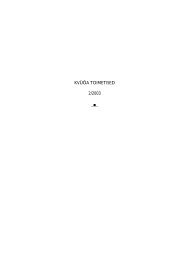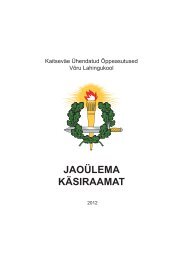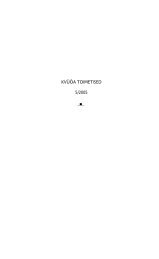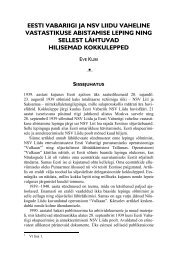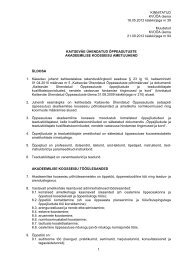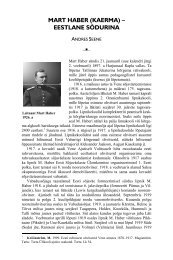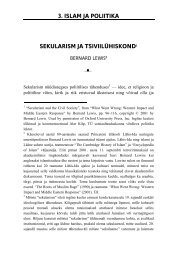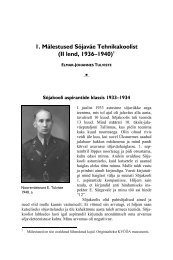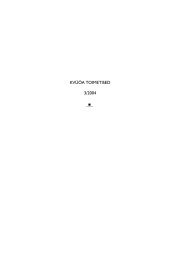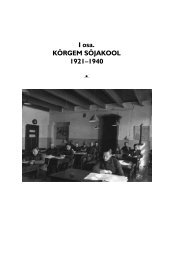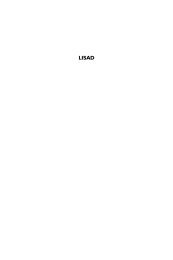Fatigue Management
Fatigue Management
Fatigue Management
Create successful ePaper yourself
Turn your PDF publications into a flip-book with our unique Google optimized e-Paper software.
<strong>Fatigue</strong> in Nuclear, Biological, Chemical Conditions<br />
Operating in a contaminated battlefield requires great stamina. <strong>Fatigue</strong><br />
tends to be magnified by the range of difficulties and threats associated with<br />
nuclear, biological, chemical (NBC) environments such as thermal burden,<br />
decreased quality of communication, distorted and reduced visual field (eg,<br />
fogged masks), diminished manual dexterity, resistance by mask filters to<br />
breathing, restricted body movement, complications in eating and drinking<br />
and the unfamiliar, persistent and invisible nature of the threat. Select<br />
findings from field studies of simulated chemically contaminated operational<br />
environments suggest:<br />
a. Any task taking three times longer to complete when wearing<br />
protective clothing is likely to be modified by the soldier or simply not<br />
done.<br />
b. During a 12-hr NBC scenario in a 72-hr exercise, time to complete a<br />
mechanised infantry attack increased almost 100 per cent from<br />
baseline, and engagement proficiency decreased with all weapom<br />
types.<br />
c. Due to difficulties in communicating, the number and duration of<br />
radio calls typically increases, eg, there was a 28 per cent increase in<br />
the number of repetitions and clarifications of messages in one trail.<br />
d. Most pilots could not safely fly a single standard mission (one fuel<br />
load or two hr) in Chemical Protective Clothing (CPC) in ambient<br />
temperature conditions of 41 o C.<br />
e. Endurance of armour crews ranged from just 3.3 to 36 hours in a<br />
49-hr NBC scenario. Self-propelled artillery crews could sustain<br />
firing missions for only 1.5 to four hours, depending on workload and<br />
ambient temperature (those lasting four hours operated in 23-27 o C<br />
conditions).<br />
f. Reduced field of vision and recognition problems, due to the wearing<br />
of masks, contributed to a 20 per cent fratricide rate (simulated)<br />
from small arms fire, compared to 4 per cent with normal field dress.<br />
g. During a 72-hr exercise, tank company teams, in simulated NBC<br />
conditions, destroyed 74 per cent fewer targets in attack mode than<br />
control teams in non-NBC conditions.<br />
46



